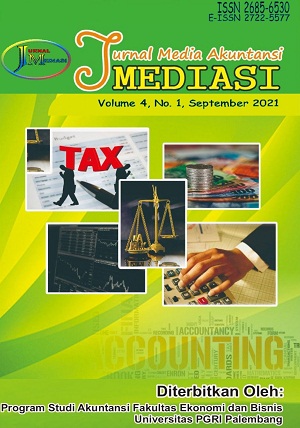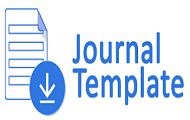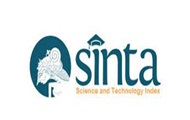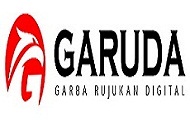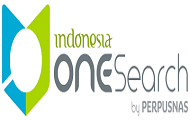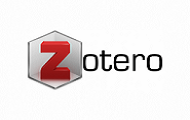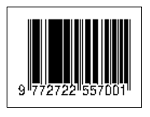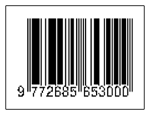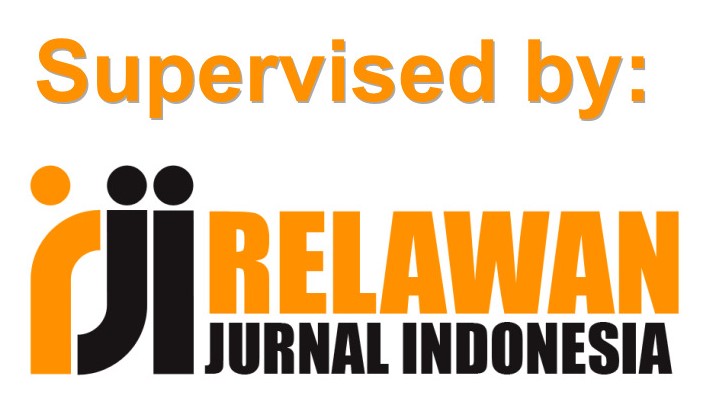Penerapan Sistem Informasi Akuntansi Persediaan Bahan Baku Pada PT Pupuk Sriwidjaja (Persero) Palembang
DOI:
https://doi.org/10.31851/jmediasi.v4i1.7270Abstract
ABSTRACT
Â
This study aims to find out how the accounting system for raw material inventory information is implemented by PT Pupuk Sriwidjaja (Persero) Palembang.The method used is qualitative, the sample in this study is Accounting Information System for Raw Material Inventory of PT Pupuk Sriwidjaja (Persero) Palembang in 2017-2019, the source of the data in this study is secondary data, data collection techniques used are literature study, observation and documentation. The data analysis technique used is descriptive qualitative.Based on the results of the analysis, the analysis used is to compare the accounting information system of raw material inventory at PT Pupuk Sriwidjaja (Persero) Palembang with theories so that conclusions can be drawn. As for the results of the research that the author has done, the results are obtained that the accounting information system for raw material inventory at PT Pupuk Sriwidjaja (Persero) Palembang is adequate with the integrated SAP system. In 2017 the achievement of 89,520 TON of NPK fertilizer raw material, in 2018 the achievement of 104,578 TON of NPK fertilizer, and in 2019 the achievement of 103,338 TON of NPK fertilizer.
ÂKeywords: Accounting information systems, raw material inventory
Â
ABSTRAK
Â
Penelitian ini bertujuan untuk mengetahui bagaimanakah sistem informasi akuntansi persediaan bahan baku yang diterapkan oleh PT Pupuk Sriwidjaja (Persero) Palembang.Metode yang digunakan kualitatif, sampel dalam penelitian ini Sistem Informasi Akuntansi Persediaan Bahan Baku PT Pupuk Sriwidjaja (Persero) Palembang tahun 2017-2019, sumber data dalam penelitian ini adalah data sekunder, teknik pengumpulan data yang digunakan adalah studi kepustakaan, observasi, dan dokumentasi. Teknik analisis data yang digunakan adalah deskriptif kualitatif. Berdasarkan hasil analisis adapun analisis yang digunakan yaitu membandingkan sistem informasi akuntansi persediaan bahan baku pada PT Pupuk Sriwidjaja (Persero) Palembang dengan teori-teori sehingga dapat ditarik kesimpulan. Adapun hasil penelitian yang penulis telah lakukan, maka didapatkan hasil bahwa sistem informasi akuntansi persediaan bahan baku pada PT Pupuk Sriwidjaja (Persero) Palembang telah memadai dengan sistem SAP yang telah terintegrasi. Pada tahun 2017 pencapaian bahan baku pupuk NPK sebanyak 89.520 TON, pada tahun 2018 pencapaian bahan baku pupuk NPK sebanyak 104.578 TON, dan pada tahun 2019 pencapaian bahan baku pupuk NPK sebanyak 103.338 TON.
Â
Kata Kunci: Sistem informasi akuntansi, persediaan bahan baku
References
Achmad Jawaahirul Mustofa, dkk. 2015. Analisis Sistem Informasi Akuntansi Persedian Bahan Baku dalam Kelancaran Proses Produksi (Study Kasus Pada UD. Bintang Terang Surabaya). jurnal akuntansi, 1 (2).
http:// www.sikp.pusri.co.id
Ladewi, Y. 2019. Sistem Informasi Akuntansi l (teori dan praktik). Palembang: Lembaga Penerbit Fakultas Ekonomi Universitas Muhammadiyah Palembang.
Marshall B. Romney, Paul. 2015. Sistem Informasi Akuntansi Edisi 13. Indonesia: Salemba Empat.
Poputra, P. L. 2016. Peranan pengendalian internal persediaan barang dagang dalam menunjang efektivitas pengelolaan pada studi kasus Pt. Samsung Elektronics Indonesia cabang Manado. Accountabilityi, 5.
Rangkuti, F. 2018. Manajemen persediaan aplikasi di bidang bisnis. Jakarta: PT RajaGrafindo Persada.
Sugiyono. 2018. Metode penelitian bisnis. Bandung: Alfabeta.
Downloads
Published
Issue
Section
License
The copyright of the received article shall be assigned to the publisher of the journal licensed under a Creative Commons Attribution-NonCommercial 4.0 International License in line with the license, authors and any users (readers and other researchers) are allowed to share and adapt the material only for non-commercial purposes. In addition, the material must be given appropriate credit, provided with a link to the license, and indicated if changes were made. If authors remix, transform or build upon the material, authors must distribute their contributions under the same license as the original.

